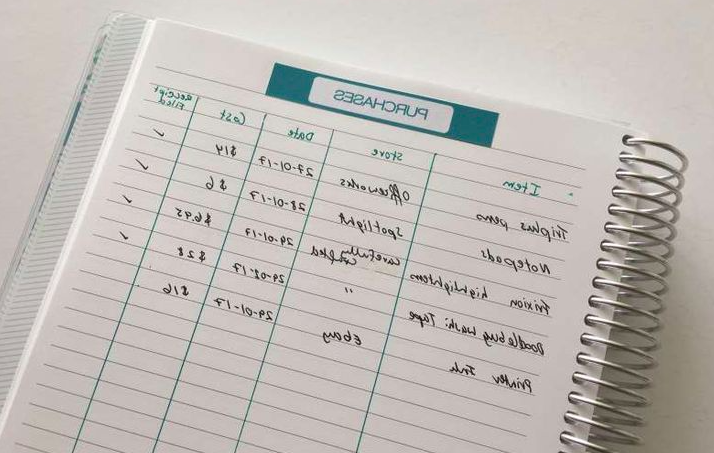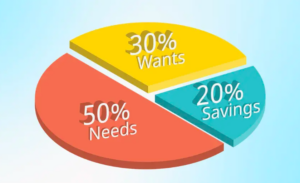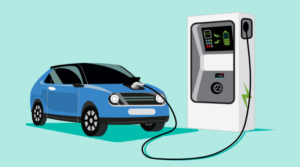When you open your wallet, do you find it empty quite often? Well, we can really understand your feelings! The first thing that comes to your mind is where is your money going. You try to recall all of your expenses but your thoughts don’t help you. So pinpointing your exact spending habits is extremely difficult until you manage it properly. You can closely look at your spending habits to track your expenses.
The good news for you is that half your journey is almost over, as you’ve started thinking about tracking your expenses. This article will greatly help you simplify your journey… Let’s get started…
Top 10 Practical ways to keep track of your expenses
- Utilize Your Phone as a Financial Diary
This is the simplest way most people use to track their all expenses. Whenever you make any purchase, open the note app and note it down. In this way, you won’t need any third-party app. No complex layout issues. Just enter the date and outline your all purchases.
- Track Your Expenses in Pictorial Form
Another amazing way is to take photos instead of writing your expenses. This is the best option for those who feel like a hassle when writing things down. You can go through all your pictures on a weekly or quarterly basis to track your expenses. You can keep yourself accountable by this quick method. However, we highly recommend you create a dedicated folder for this if you are a shutterbug. Because it might become very irritating for you to analyze your data from a set of irrelevant pictures.
- Automate Your Expenses Log
If you pay most of the time online for your purchases, you can easily automate your expense tracking process. Most banking apps not only categorize your transactions automatically but also send transaction notifications to keep you aware of your spending. Above all, you can even get summaries of your expenses weekly which makes your tracking effortless.
In addition to banking apps, you can utilize receipt-scanning apps as well. You can extract data from receipts, categorize your expenses, and create useful reports. It will not only reduce paper clutter and significantly simplifies your spending.
- Habit Tracker for Money
Most people think that habit trackers are fruitful for only fitness monitory. However, you can utilize the tracker to create a habit-tracking chart that shows the record of your daily spending. This app not only makes the expense tracking your daily habit but also keeps you motivated.
- Gamify Your Savings
It is another incredible way to make your expense-tracking habit more consistent. You should consider this tracking a fun challenge. Set up your reward system. When you achieve your goal, treat yourself to something small. If you achieve a big streak, increase your reward. In this way, you can keep yourself motivated and can make this entire process very enjoyable.
- Make your Budget
Depending on your monthly expenditure, you should develop your own budget. You should allocate a specific amount for different spending categories such as groceries, traveling, entertainment, etc. Place each category’s amount into a separate envelope. When any of the envelopes get empty, stop spending the amount in that category. For example, if you allocated $100 to entertainment, don’t take any buck from another envelope if the cash is gone. It will not only give you tangible control over your expenses but also discourage overspending.
For simplicity, you can divide your budget into two main categories which include Regular and irregular expenses:
Regular Expenses
These expenses can’t be avoided which include monthly bills, groceries traveling expenses, etc. These are usually a regular part of your routine and you already have plans for them. By pre-planning, you can easily reduce your expenses.
The simplest example is self-cooking. If you eat most of your meals outside, you can cook yourself at home to reduce the cost significantly. In addition to this, you can go with different energy-efficient appliances instead of high-powered appliances to reduce your bills significantly.
Irregular Expenses
These are the main culprits behind creating a huge dent in your wallet. They are difficult to manage because their unpredictable nature makes them difficult to manage. The only way to manage your irregular expenses is to prioritize your needs over wants.
Once you categorize your data when making budgets, you will see that you have spent plenty of amount on useless things. These non-essential costs need to be eliminated to significantly reduce your costs.
Your “wants” expenses also fall under this category. For example, spending on movies, concerts, and different event tickets can have a serious impact on your budget formation. Other things like a Netflix subscription, dining out special meals frequently with friends, wearing branded clothes, and frequent travel expenses might also create a big hole in your pocket. Therefore, reduce your wants to save a good amount.
- Set Up an Expense List on the Wall
You can create a physical reminder by placing a small note or page on the wall from where you frequently pass over. For example, you can place a page inside your kitchen somewhere on the cabinet that is clearly visible to you when you enter the kitchen. If you notice a spike in expenses, cut back on impulse spending.
- Create a Personal Financial Dashboard
Create a simple financial dashboard in a spreadsheet or use an app to visually represent your costs. Include graphs and charts to track trends over time. This allows you to quickly analyze your spending habits and make more informed financial decisions.
- Specialized Expense Trackers
Use dedicated expenditure tracker apps that are just for tracking and classifying spending. Some Examples include Spendee and Money Lover.
- Hybrid Approach
You can use two or more methods simultaneously for your ease. This approach might be very useful if you and your spouse both have the same goals to track your expenses for a household. She may use set up expense list on the kitchen cabinet and you might prefer any personalized app for this purpose.
Wrapping Up
Keeping track of your costs doesn’t have to be tedious or repetitious. You may make the process more enjoyable and effortless by including creative tactics such as photo monitoring, habit charts, and gamification. The goal is to maintain consistency and discover the strategy that works best for you.




